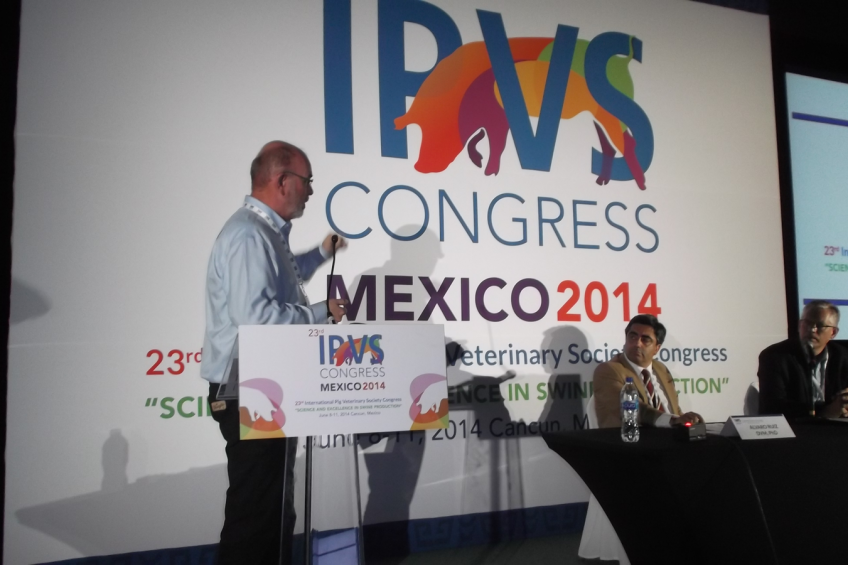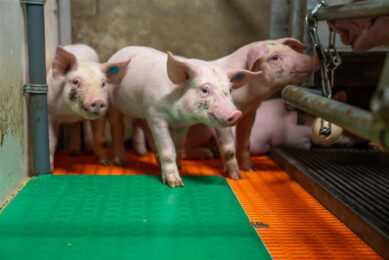Danish analyse and quantify pre-weaning mortality

Danish researchers have analysed and quantified causes of mortality in pre-weaning pigs in an attempt to take steps to further reduce pre-weaning mortality.
As may be expected, a large chunk of the pre-weaning mortality was due to crushing. Especially in the first four days after farrowing this amounted to about half of the mortality cases.
The results were presented this Tuesday by Marku Johansen, of the Danish Pig Research Centre (VSP) at the International Pig Veterinary Society (IPVS) in Cancún, Mexico. Johansen and his team of researchers analysed litters at nine different farms, altogether having a high average pre-weaning mortality of 17%.
Due to highly prolific sows, Denmark has a relatively high pre-weaning mortality rate of around 13%, as a percentage of live-born piglets. Stillborn piglets included, the rate was at 21.8% in 2013.
Johansen said that lowering this rate helps both pork producers as well as improves the public perception. In recent years, total preweaning mortality has come down with about 0.5%/ year.
Number of piglets born
In the farm research, the total number of piglets born was 10,069 – 1,465 piglets were necropsied. The researchers divided the pre-weaning time into three segments, being:
• Day 1-4 (about 850 casualties – 59% of total)
• Day 5-11 (about 300 – 21%)
• Day 12-weaning (just under 300 – 20%)
Apart from mortality, in the first phase another category ‘scored high’, being the non-viable pigs, or the piglets being born weak, immature or had a birth weight below 700 g. The non-viable pigs accounted for just over 20% of the total mortality in this phase.
Johansen pointed to 0.7 kg birth weight as being critical, as in this category over 60% of piglets will not live. At 0.8 kg mortality rate is just under 40%. At a birth weight of 0.3 and 0.4 kg none of the piglets survived. Average birth weight was 1.32 kg, with 1.37 kg being the average birth weight of those piglets that survived all the way through weaning.
Other categories named were sepsis, hernia, trauma, arthritis, starvation, enteric disease. Sepsis proved to become one of the major causes of pre-weaning mortality in the later phases of farrowing.
Johansen noted a variability per farm in the causes of death. Only crushing occurred in percentages varying from 15 to 51%. As recommendation he said that preweaning mortality can be further reduced by herd-specific strategies based on herd-specific diagnosis.











